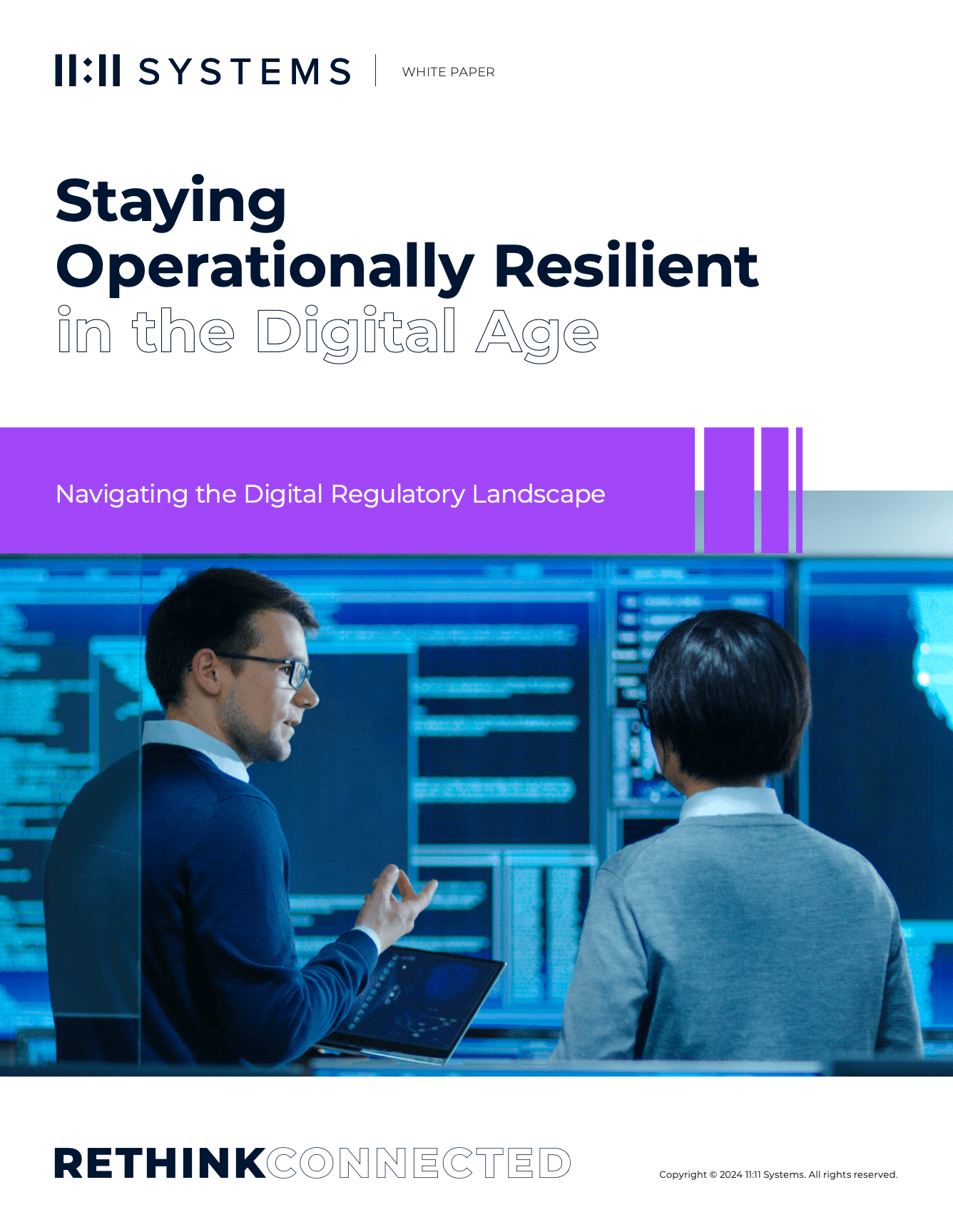
Enterprise Times - 11:11 Systems is showing customers what cyber resiliency really means
March 19, 2024Resource Category: News & Media

CRN - 11:11 Systems: 'We're in the middle of what's happening with Broadcom and VMware'
March 14, 2024Resource Category: News & Media

Beta News - Immutability: A boost to your security backup
March 14, 2024Resource Category: News & Media
No results were found for your selection.
1
2
3
4
5
6
7
8
9
10
11
12
13
14
15
16
17
18
19
20
21
22
23
24
25
26
27
28
29
30
31
32
33
34
35
36
37
38
39
40
41
42
43
44
45
46
47
48
49
50
51
52
53
54
55
56






